 Sequoyah Center Materials
Sequoyah Center Materials
Entry Category: Education
 Sequoyah Center Materials
Sequoyah Center Materials
 Sequoyah Center Stacks
Sequoyah Center Stacks
Sequoyah National Research Center
Sex Education
Sheehan, James Murray
Shepperson, Carrie Lena Fambro Still
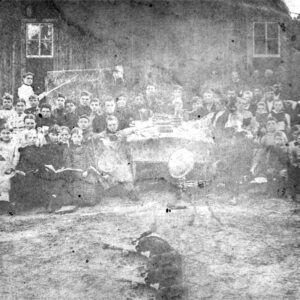 Shoal Creek School
Shoal Creek School
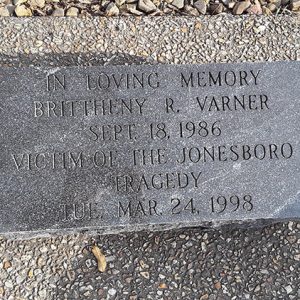 Shooting Tribute
Shooting Tribute
Shorter College
aka: Bethel Institute
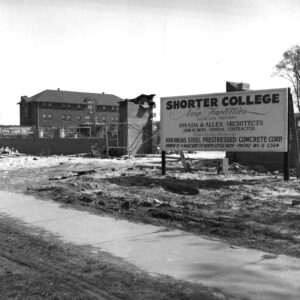 Shorter College Construction
Shorter College Construction
 Sidney School Memorial
Sidney School Memorial
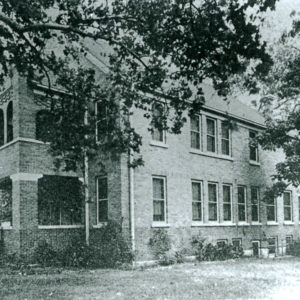 Sisters' School
Sisters' School
Six Pioneers
 Six Pioneers Sign
Six Pioneers Sign
Sloan-Hendrix Academy
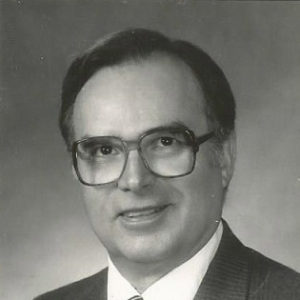 Eugene Smith
Eugene Smith
Smith, Eugene Wilson
Smith, Norman Eugene
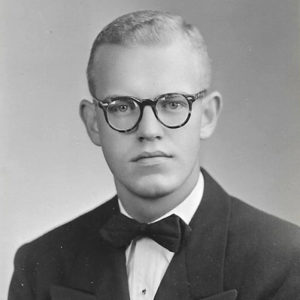 Norman Smith in College
Norman Smith in College
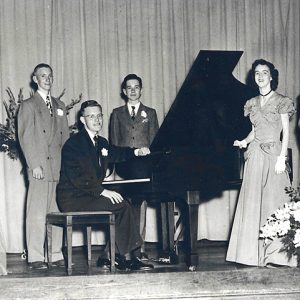 Norman Smith Recital
Norman Smith Recital
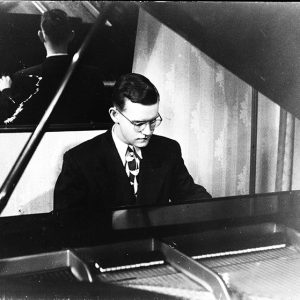 Norman Smith
Norman Smith
 Norman Smith 1970s
Norman Smith 1970s
Smith, Stephen Austin
Smith, Willis S.
Smithville Public School Building
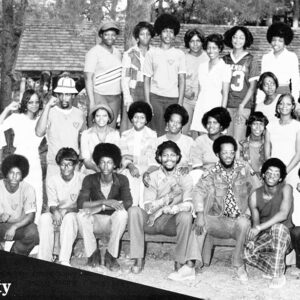 Soul Society
Soul Society
Soulesbury Institute
aka: Soulesbury College
South Arkansas Community College (SouthArk)
South Elementary School (Wynne)
Southall, James Henry
Southeast Arkansas College (SEARK)
Southern Arkansas University (SAU)
Southern Arkansas University Tech (SAU Tech)
 Southern Arkansas University Tech Sign
Southern Arkansas University Tech Sign
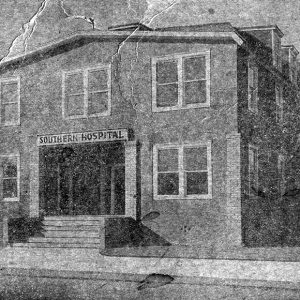 Southern Hospital
Southern Hospital
Southland College
 J. L. Spence
J. L. Spence
Springdale College
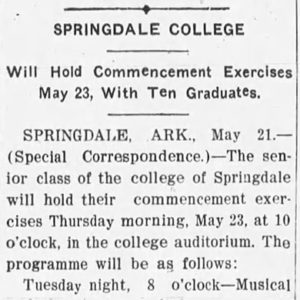 Springdale Commencement
Springdale Commencement
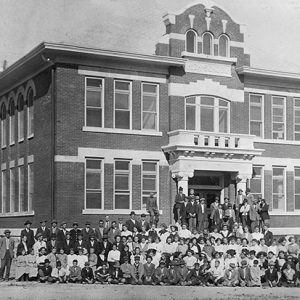 Springdale High School
Springdale High School
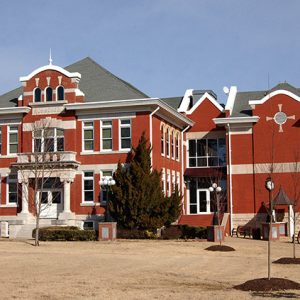 Springdale Public School District Administration Building
Springdale Public School District Administration Building
Springfield Male and Female Collegiate Institute
aka: Springfield College
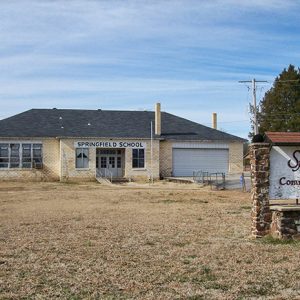 Springfield School
Springfield School
St. Andrew’s College
St. John’s Seminary
St. Johns’ College
 St. Mary's Convent
St. Mary's Convent
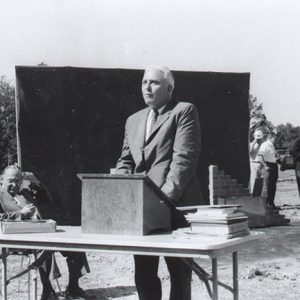 Carey V. Stabler
Carey V. Stabler
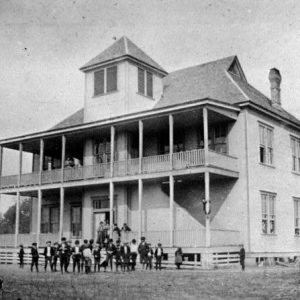 Stamps High School
Stamps High School




